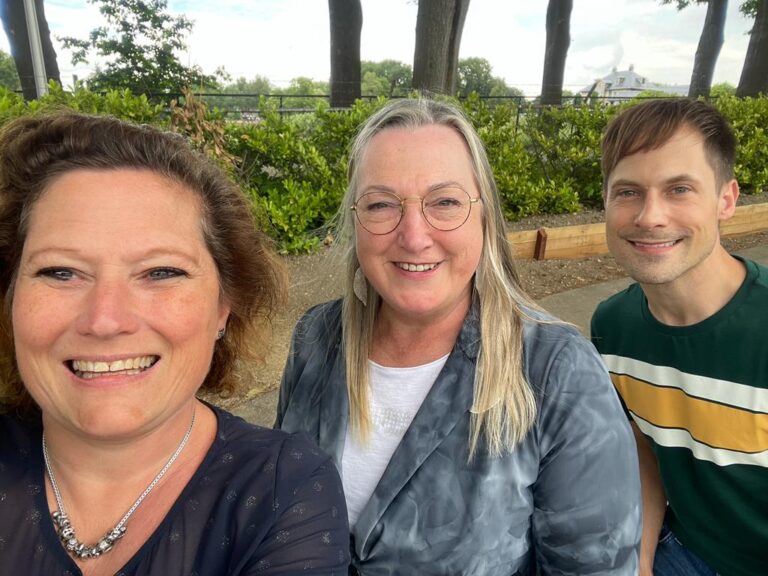Not what you expect
“Normally, as a healthcare worker, you don’t quickly ask for feedback from clients, especially not in the midst of a busy day. But when you do, it’s nice if you can do something with it. Often, it’s the ones you don’t expect. You already assume: oh, that gentleman will probably be negative because you know him as someone who occasionally expresses dissatisfaction. But when you ask him more broadly for his opinion, he also mentions positive things. I estimate that we have gathered around a hundred improvement points across the entire organization so far, approximately one per survey. The teams have taken action on them.” She also knows that some teams received a lot of positive feedback. “That sense of pride is motivating.”
Accessible
Nick, with a focus on Innovation and ICT, also finds the CareRate application a great tool for teams that want to do “something” regarding hygiene or day activities. “How should they approach it? What is exactly the problem? What are the needs of the resident? Now they have a tool in their hands that allows them to take a relatively simple and quick step towards what they can exactly do.” He continues, “Despite the fact that not everyone in healthcare has an affinity for technology, most colleagues became familiar with the program in a short time.” Liesbeth adds, “It also helps that the CareRate application looks professional and appealing. It is accessible, really not that difficult.”
Wanting and Being Able to Improve
Nick recalls that some colleagues were initially hesitant. “At the beginning of a training session, there was a sense of ‘what’s going to happen?’ or ‘here we go again.'”
Gradually, through enjoyable elements in the training, they became motivated to implement improvements themselves, realizing that “Actually, it’s not that difficult, and it benefits myself, my department, the organization, and the residents.”
Liesbeth adds, “The training sessions were about much more than learning a software application. It was equally about wanting and being able to improve, an important underlying idea behind CareRate.”
Sharing Fosters Connection
Another principle of the CareRate improvement process based on self-solicited client experiences is that teams exchange their improvement points with each other. CareRate deliberately adds the ‘S’ of share to the plan, do, check, act improvement cycle, creating the acronym PDCAS. “Sharing has an enormously positive effect on teams. It fosters exchange, recognition, and connection among people who never see each other because they work in different locations,” says Liesbeth.
Nick adds, “We need to continue paying attention to sharing the improvement points. We should think about where we do that, such as on the intranet or during meetings. And we mustn’t forget to celebrate small and big steps.”
Now Ensuring Sustainability
De Waalboog has been using the CareRate application for two years to help improve the quality of care. All teams have been trained, which was done “normally” during the pandemic: in large spaces and with fewer sessions. The organization is highly satisfied with the personalized and flexible support provided by the vendor. Now, they are focused on ensuring a strong sustainability of the process within the organization. “We need to keep it going, even after the training and initial data collection, even as CareRate fades into the background. It should become a system that continues to deliver as much as possible with minimal effort,” says Liesbeth.

